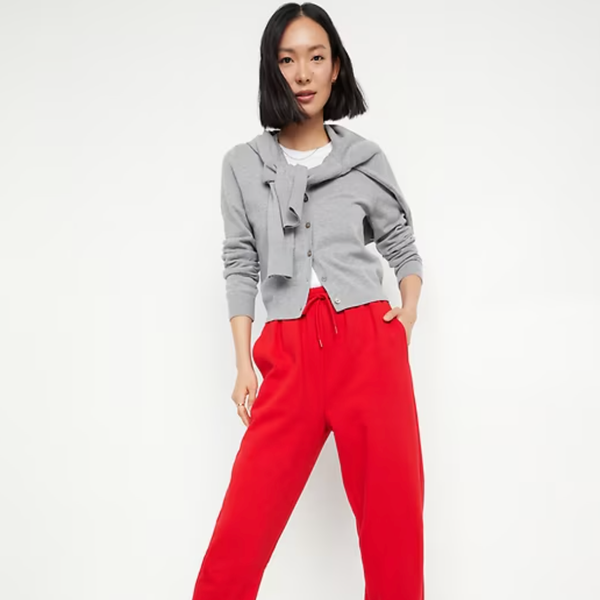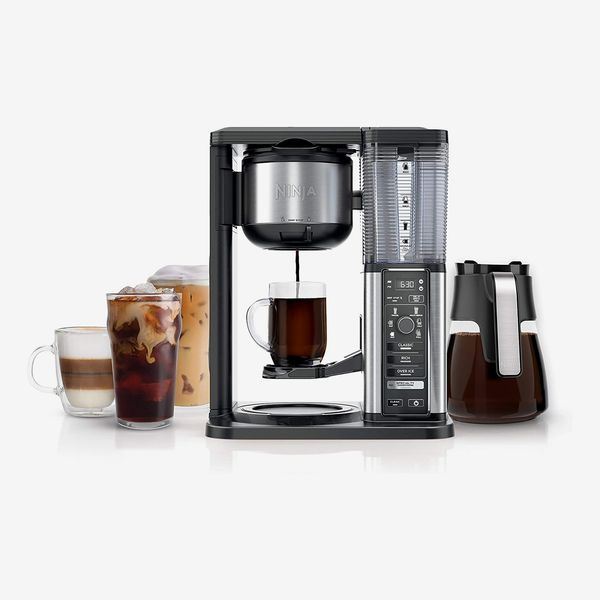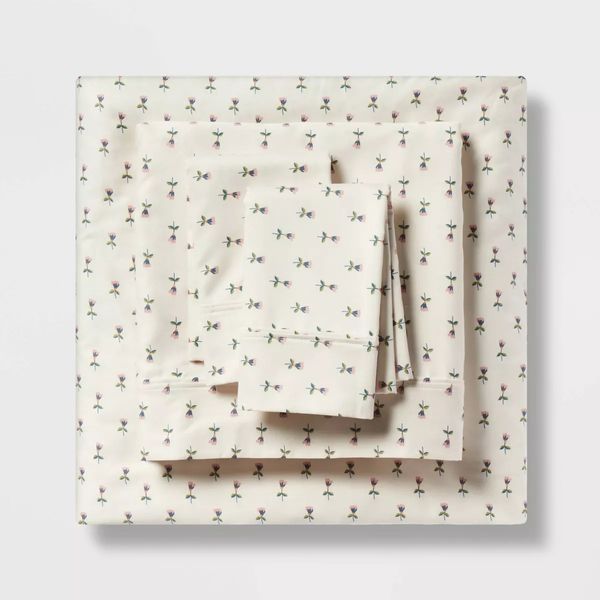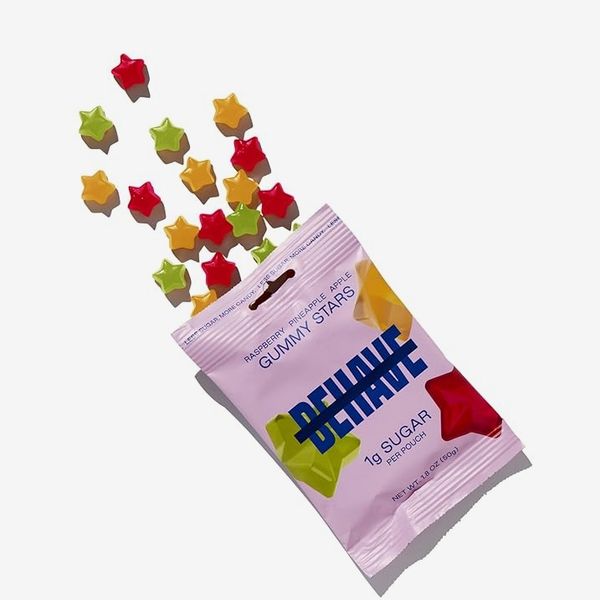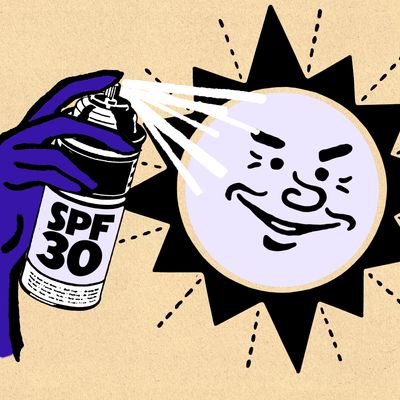
There are so many different sunscreens to try — lotion, spray, or powder; mineral or chemical; tinted or untinted. But before you dive into all those options, let’s pin down which SPF level you need to make sure your skin is getting the right protection.
What is SPF?
SPF, or sun protection factor, gauges the extent to which sunscreen protects your skin against ultraviolet UVB rays. Kseniya Kobets, M.D., board-certified dermatologist and director of cosmetic dermatology at Montefiore Einstein Advanced Care, explained that UVB and UVA rays both cause DNA damage, but UVB causes more immediate skin burning whereas UVA damage is more delayed and causes hyperpigmentation on the skin.
As for how the SPF number indicates protection level, it helps to explain by example. The SPF number indicates a multiplier of protection. For example, wearing an SPF 30 means that your skin will take 30 times longer to burn than it would without sunscreen. Kobets breaks it down further: If you would normally burn after five minutes in the sun, then with SPF 30 it will take 2.5 hours to burn. Another way to think about it is that SPF 15 sunscreen will block 93 percent of UVB radiation, which is significant coverage, but SPF 30 blocks 97 percent, and SPF 50 blocks 98 percent of rays.
What’s the right SPF for me?
SPF 30 is the level most recommended by dermatologists for daily use by adults and kids. It’s the default choice. “SPF 30 is the magic number,” says Margarita Lolis, M.D., a board-certified dermatologist. “It blocks 97 percent of rays and for most people that’s perfect.” There are some instances where SPF 50 would be a good choice, though. All skin colors can get sunburned, but light skin burns faster than darker skin. “If you’re very fair with red hair, for example, that extra 1 percent of UVB blocking from an SPF 50 could make a difference, especially when you consider application error.” So Lolis recommends that people with very fair skin and those with a history of skin cancer or melasma use SPF 50 as their go-to. For everyone else, it’s SPF 30. Medium to olive skin and olive-toned brown skin may tan easily and only burn slightly, so an SPF 30 will deliver enough protection. Those with brown to dark-brown tones have more melanin in their skin, which offers some natural protection from harmful UV rays, but it’s not enough to prevent damage or skin cancers, so they should use an SPF 30 daily, too.
How much should I apply?
Kobets notes that to make sure you’re protected, you have to apply enough sunscreen to fully cover exposed skin — and reapply throughout the day. The American Academy of Dermatology recommends using one ounce of sunscreen for your entire body (that’s ⅓ or the size of a nickel for your face and the rest for the neck and below). For the face, specifically, Lolis says squeeze out an amount that covers both your index and pointer fingers. “It’s a nice trick because it yields an amount that’s proportionate to your size,” said Lolis.
Spray formats can be tricky. But Kobets recommends spraying until your skin glistens, then rubbing in the sunscreen to make sure you’re totally covered. When applying a stick SPF, swipe back and forth four times on each area you’re applying it to, then rub it in for an even layer of coverage. Powder sunscreen, however, should only be used as a secondary SPF for the face and neck. It doesn’t provide enough coverage on its own, nor should it be used for the body. For extra credit, layer a powder on top of your cream or use it to re-up during the day. No matter which format you choose, be sure to reapply the same amount every two hours, or if you’re swimming, as soon as you leave the water. And make sure you get those easy-to-miss spots such as rims of ears, tops of hands, and feet. “That’s where I see a lot of skin cancer because we tend to miss those spots,” said Lolis.
The Strategist is designed to surface the most useful, expert recommendations for things to buy across the vast e-commerce landscape. Some of our latest conquests include the best acne treatments, rolling luggage, pillows for side sleepers, natural anxiety remedies, and bath towels. We update links when possible, but note that deals can expire and all prices are subject to change.
